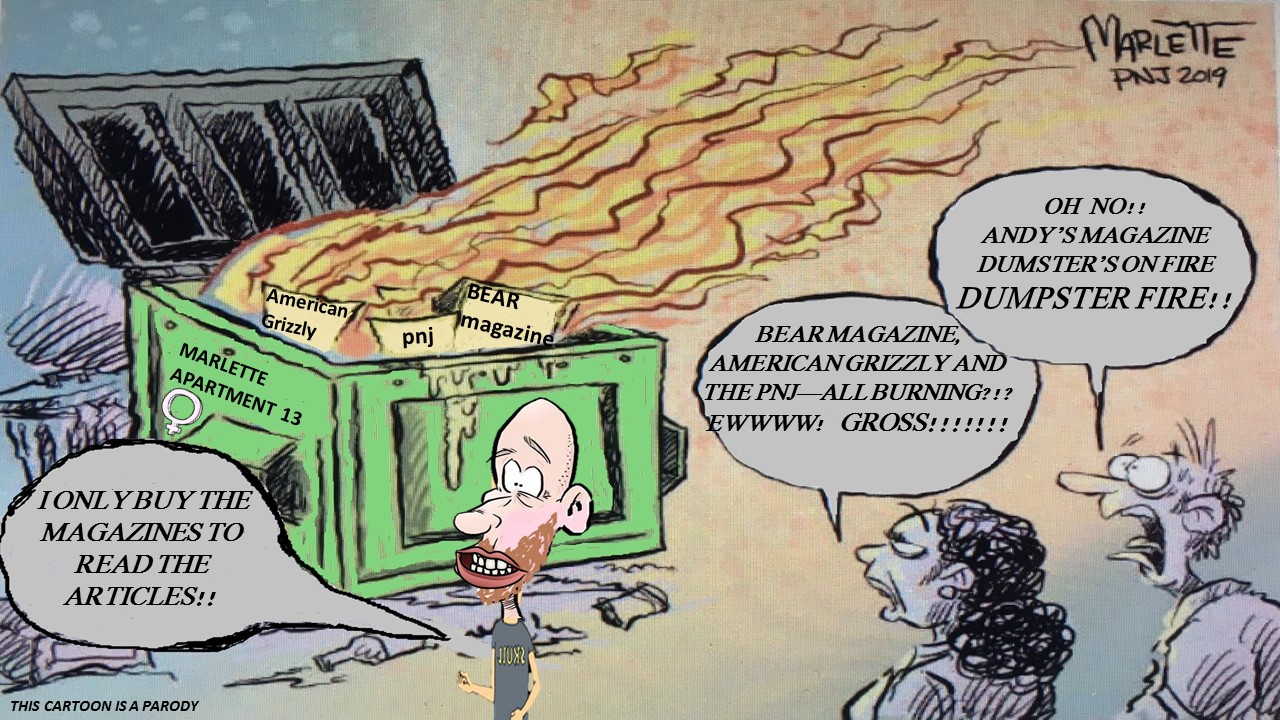Minutes of Board Meeting7-21-09
I am posting these minutes to expedite information dissemination. Much more complete and detailed minutes will be posted in 4-6 weeks on the school district’s website. In the mean time, these minutes are what I feel were the big “takeaways”, a macro look at my impression of the meeting. These are condensed, abbreviated, shortened, and to the point.
Meeting convened at 5:31 PM
All Board Members and Superintendent Malcolm Thomas present.
Pledge of Allegiance led by rising 5th Grade Scenic Heights Elementary School Student Jake Majorie
4 Speakers addressed the board during Public Forum
1 Speaker said the district should make the employee salaries the main priority
1 Speaker said the district should find a way to raise employee pay—she was insistent that employee pay raises are/should be the #1 priority
PTA Presentation—given by Kathy Lasky
½ cent sales tax watchdog committee reported, Ted Kircharr gave the presentation, (Also present were Pete Booth and Ashley Bodmer)
Rule adoptions
1. The School Board by Resolution on July 21, 2009, named Booker T. Washington High School’s auditorium the “Theodore B.D. Bennett Auditorium” as approved by the Booker T. Washington High School Advisory Council Selection Committee at Its May 7, 2009 meeting.----- Approved 5-0
(Members of the Bennett family thanked the district for the honor of naming the auditorium after their late father)
2. Adopt Amendments to Chapter 5, Business Services, Rules and Procedures of the District School Board Approved----- 5-o
3. Adopt Amendments to Chapter 3, School Operating Procedures, Rules and Procedures of the District School Board Passed—(discussed at length, then tabled initially by the board, ultimately pulled for consideration by the superintendent)
4. Adopt Amendments to School District Rule 6Gx177.02,
Code of Conduct: Elementary Student Rights and Responsibilities Handbook Revisions 20092010 -----Approved 5-0
5. Adopt Amendments to School District Rule 6Gx177.02,
Code of Conduct: Secondary Student Rights and Responsibilities Handbook Revisions 20092010----Approved 5-0
6. Adopt Revisions and Amendments to the District School Board Student Progression Plan, 6Gx177.09---- Approved 5-0
Permission to advertise: none
Administrative Appointments, all approved by unanimous 5-0 vote:
1) Roxanne Baker from Teacher on Special Assignment/Staff Development to Specialist/PE, Health, Wellness, effective 7/1/09, 12 month position
2) Terri Fina from Asst. Principal/West Pensacola to Principal/Pine Meadow, effective 7/1/09, 12 month position
3) Connie Farish from Coordinator/CIM to Principal/Weis effective 7/1/09, 12 month position
4) Linda Maletsidis from Principal/Pleasant Grove to Director, Elementary Education effective 7/1/09, 12 month position
5) Pam Mullen from Asst. Principal/Cordova Park to Principal/Pleasant Grove, effective 7/1/09, 12 month position
6) Stephen Brooks from Dean/Bailey Middle to Asst. Principal/Escambia HS, effective 7/13/09, 12 month position
7) Susan Cole from Education Specialist to Subject Area Specialist/SL, effective 7/13/09, 12 month position
3 sets of May/June Board Meeting Minutes Approved, 5-0
Entire Consent Agenda Approved.
All Curriculum items approved
All Finance items approved
All Human Resources items Approved (Item C. 3. a. Risk Management, purchase of Student Accidental Insurance Policy, discussed and debated at length. The superintendent offered only two options for the payment of the premium, option 1) called for the district to subsidize the purchase of the premium for 2009-2010. Option 2) called for the premium to be purchased and the fee to be collected from all athletes, even athletes who already carried insurance. Board approved option 1) by a 3-2 margin. Bergosh, Slayton and Moultrie voted for option 1) Hightower and Boone voted no.
Amended 2008-2009 Annual Equity Report approved 5-0
All Purchasing items approved
All Operations items approved
(Entire Consent Agenda was meticulously covered and discussed at length during a thorough, 4 hour school board workshop held during the early afternoon and evening of 7-15-2009)
Board voted unanimously, 5-0, to accept the superintendent’s recommendation regarding the following:
Recommendations for Foundation for Excellence Board of Directors
Student recommendations:
1 Student Expelled
1 Student to have their expulsion rescinded
1 Student to have the decision of the formal hearing officer adopted, resulting in suspension.
Student infractions included:
1 for criminal incident outside of school
2 for possession of drugs on school property
3 Employee Recommendations by Superintendent approved unanimously by board, to include:
3 employees suspended without pay
Meeting adjourned at 6:48 PM.








































